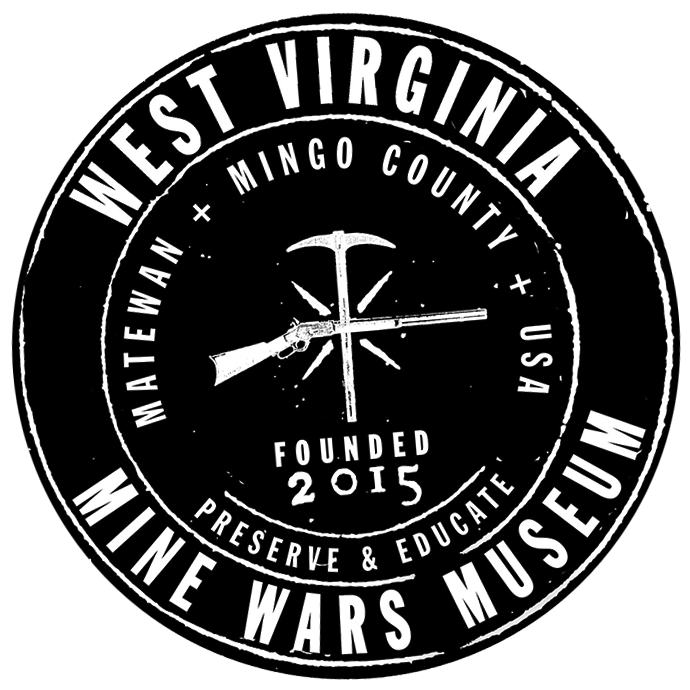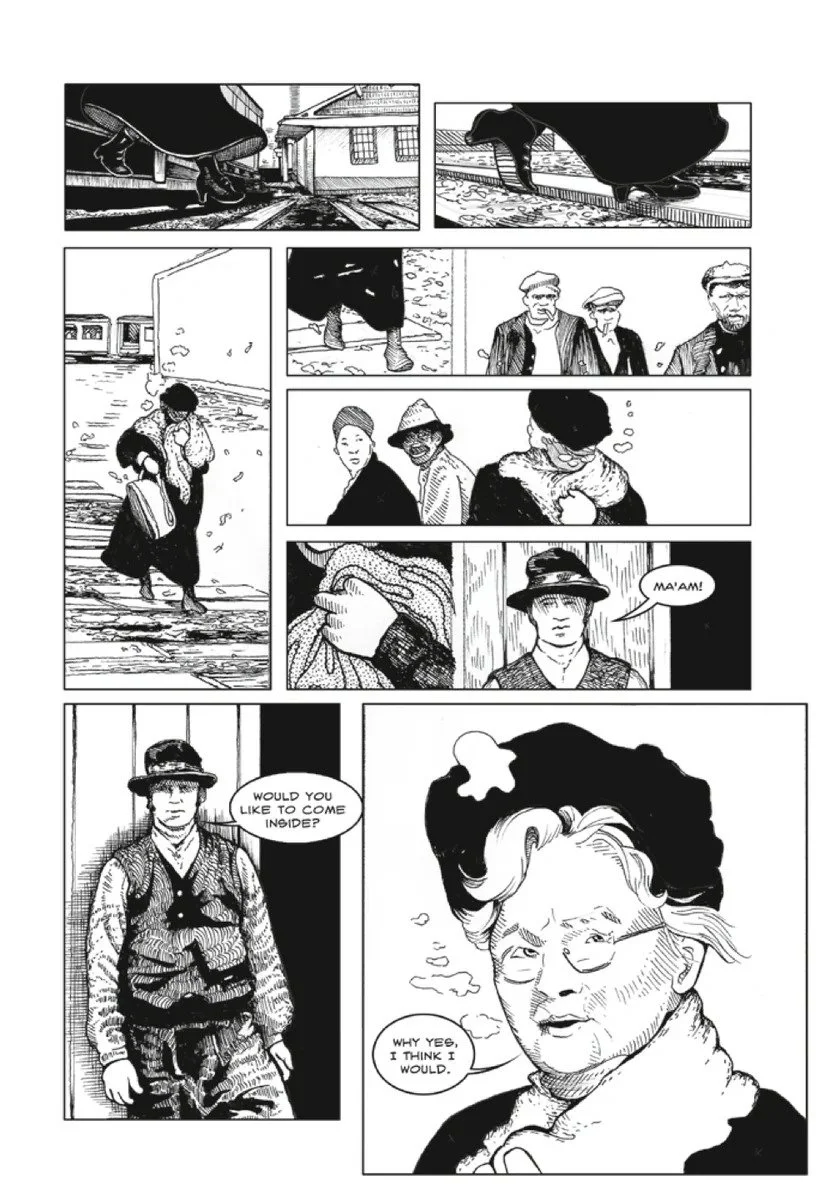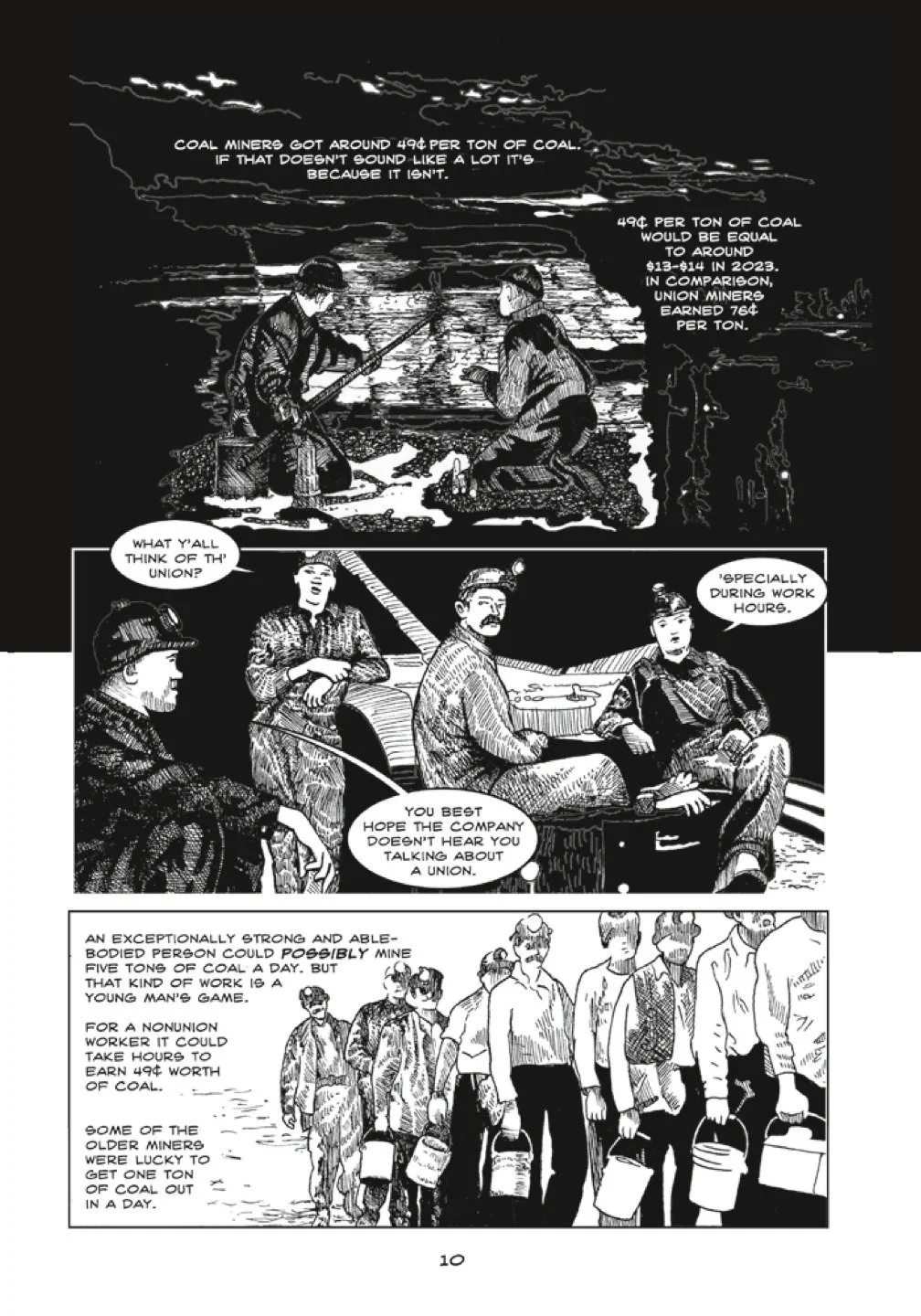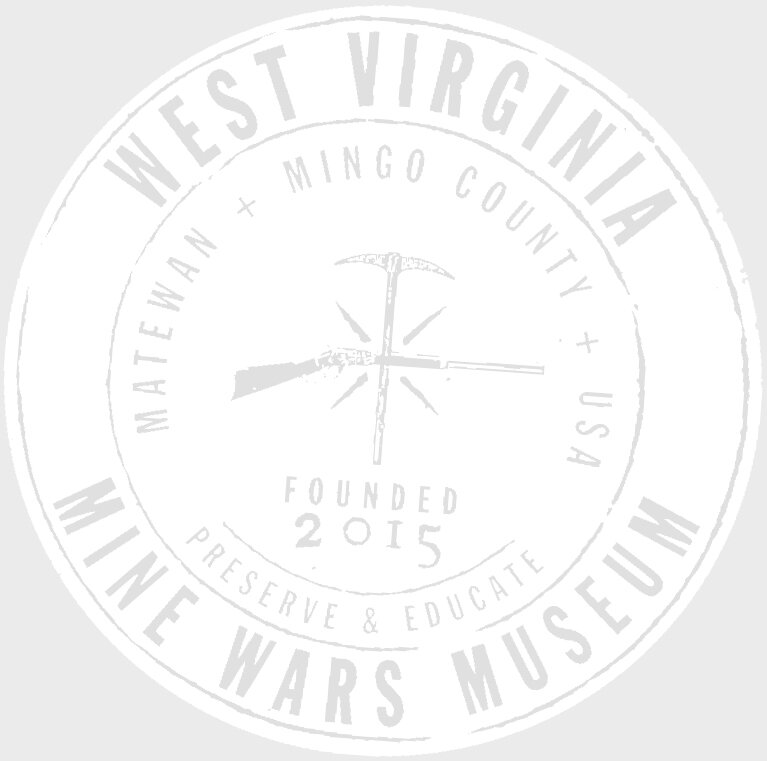Black Coal and Red Bandanas
Black Coal and Red Bandanas
An Illustrated History of the West Virginia Mine Wars
Raymond Tyler • Illustrated by Summer McClinton • Edited by Paul Buhle • Introduction by Shaun Slifer • Foreword by Gordon Simmons
Paperback, 136 pages
October 2024
PM Press
In the early twentieth century, strikes and union battles were common in industrial centers throughout the US. But nothing compared to the class warfare of the West Virginia mine wars. The origins of this protracted rebellion were in the dictatorial rule of the coal companies over the proud, multiracial, immigrant and native-born miners of Appalachia.
Our illustrated history begins with Mary Harris “Mother” Jones's arrival at the turn of the century. Whitehaired, matronly, and fiercely socialist, Jones became known as the “miners’ angel” and helped turn the fledgling United Mine Workers into the nation’s most powerful labor union. “Pray for the dead and fight like hell for the living” was her famous battle cry.
In 1912, miners led by stubborn Frank Keeney struck against harsh conditions in the work camps of Paint and Cabin Creeks. Coal operators responded by enlisting violent Baldwin-Felts guards. The ensuing battles and murderous events caused the governor to declare and execute martial law on a scale unprecedented in the US.
On May 19, 1920, in response to evictions by coal company agents, gunshots rang through the streets of a small town in “Bloody Mingo” county. In an event soon known as the “Matewan Massacre”; the pro-union, quick-draw chief of police Smilin’ Sid Hatfield became an unexpected celebrity—but also a marked man.
Events climax with the dramatic Battle of Blair Mountain that pitched the spontaneous Red Neck Army of ten thousand armed strikers against a paid army of gun thugs in the largest labor uprising in US history and the largest armed uprising since the American Civil War.
This graphic interpretation of people’s history features unforgettable main characters while also displaying the diverse rank and file workers who stood in solidarity during this struggle.
Praise
“It is past time to use the unique attributes of graphic arts to tell the remarkable story of the West Virginia Mine Wars. Black Coal and Red Bandanas applies the stark colors of its title to allow the reader to visualize the world in which it is set.”
—Denise Giardina, author of Storming Heaven
“Black Coal and Red Bandanas excels at delivering history through the unique narrative strengths of comics. By emphasizing character-driven drama at the heart of an expansive movement, Tyler and McClinton convey decades of struggle with humanity and clarity.”
—Nate Powell, illustrator of the March trilogy and Lies My Teacher Told Me: A Graphic Adaptation
“Black Coal and Red Bandanas is an accessible and inspiring piece of labor history chronicling the stories of ordinary West Virginians who rose in pursuit of justice. Thoughtfully written narrative joins rich artwork to present the saga of Blair Mountain in a way that will captivate readers of any age or background.”
—Elizabeth Catte, author of What You Are Getting Wrong About Appalachia
“An immensely important addition to the labor canon, Black Coal and Red Bandanas brings readers right into the thick of the Mine Wars’ hidden history, when working people of various creeds and colors banded together to fight the ‘thug rule’ of industrial overlords who valued profit over human life. An empowering story for our times.”
—Taylor Brown, author of Rednecks
“This is an exciting addition to the literature about a key period of US history. The sport of ignoring—even suppressing—labor history has just gotten tougher for those who wish it to remain hidden.”
—Ginny Savage Ayers, coauthor of Never Justice, Never Peace: Mother Jones and the Miner Rebellion at Paint and Cabin Creeks
“One of the enormous holes in the US school curriculum is the history of working people and working-class struggle. Through compelling illustrations and storytelling, Black Coal and Red Bandanas alerts young people—and all the rest of us—to one of the most significant periods of US labor history. This book is a gift to educators who want our students to learn a fuller, more accurate story of this country.”
—Bill Bigelow, curriculum editor of Rethinking Schools and codirector of the Zinn Education Project
“This enthralling graphic history effectively takes us back to an earlier era with you-are-there intensity, handsome art, and authentic dialogue. The heroically radical Mother Jones is, alone, worth the price of admission. You will not regret time spent reliving this forgotten history and may see its relevance today, no matter which side of the political spectrum you identify with.”
—Jay Kinney, editor of Anarchy Comics
“If you want to get a first taste of the struggles of American workers, Black Coal and Red Bandanas is a great place to start. You’ll learn about the conditions that led coal miners to revolt, how they organized, and how they conducted one of the most militant struggles in labor history—all revealed through dramatic imagery and vivid storytelling.”
—Jeremy Brecher, author of Strike!
“I hope this detailed graphic treatment introduces a new audience to one of the most militant labor struggles in the history of the US. Highlighting the contribution of Black miners, and how workers teamed up to fight the bosses instead of each other, Black Coal and Red Bandanas might just be the graphic novel we need right now.”
—Josh MacPhee, cofounder of Justseeds Artists’ Cooperative and Interference Archive
“This book opens up a visual portal into an otherwise inaccessible space and time—a portal that rich and powerful people have tried to seal shut for over a century. Black Coal and Red Bandanas is an accessible, exciting, and beautifully rendered celebration of one of the most suppressed and inspiring moments in US history.”
—Sam Wallman, author of Our Members Be Unlimited: A Comic about Workers and Their Unions
“Black Coal and Red Bandanas vividly tells the story of the dramatic faceoff between American workers and the coal barons, along with their police forces, private detective provocateurs, and gun thugs. The West Virginia Mine Wars drew the lines clearly. Which side are you on?”
—Susan Simensky Bietila, World War 3 Illustrated collective member and contributor to Wobblies! A Graphic History of the Industrial Workers of the World
“As their lamps were beacons of life underground, their bandanas became beacons of courage on the surface. Black Coal and Red Bandanas brings that tenacious spirit to life in this recounting of one of America’s fiercest and longest labor struggles. Coal companies tried to bury these two decades of struggle along with countless bodies, but thanks to this book they will live on.”
—Mitch Troutman, author of The Bootleg Coal Rebellion: The Pennsylvania Miners Who Seized an Industry, 1925–1942
About the Contributors
Raymond Tyler is a comics writer from Appalachian Georgia currently residing in Nyack, NY. He’s a longtime social justice and labor activist, bridging “history from below” with comics. Raymond’s most recent work is the horror comic series Amputation Capital.
Summer McClinton is a painter and comic book artist based in the Bronx. She has illustrated twelve books, including the Xeric Award–winning Thread, Michael Demon’s Masks of Anarchy, and Harvey Pekar’s Huntington, West Virginia “On the Fly.” She is an award-winning painter, illustrator, and art director whose comic work tends to favor notable historical figures engaged in the ongoing fight for social justice.
Paul Buhle, retired senior lecturer at Brown University, is the author or editor of many volumes on the left in the US and Caribbean, including the authorized biography of C.L.R. James, and in recent decades the editor of more than twenty historical, nonfiction graphic novels.
Shaun Slifer is a multidisciplinary artist and nonfiction author based in Pittsburgh. He is the creative director at the West Virginia Mine Wars Museum and a founding member of the Justseeds Artists’ Cooperative.
Gordon Simmons is a retired union organizer and is president of the West Virginia Labor History Association. He is now employed as a public defense investigator and an adjunct professor at Marshall University.




